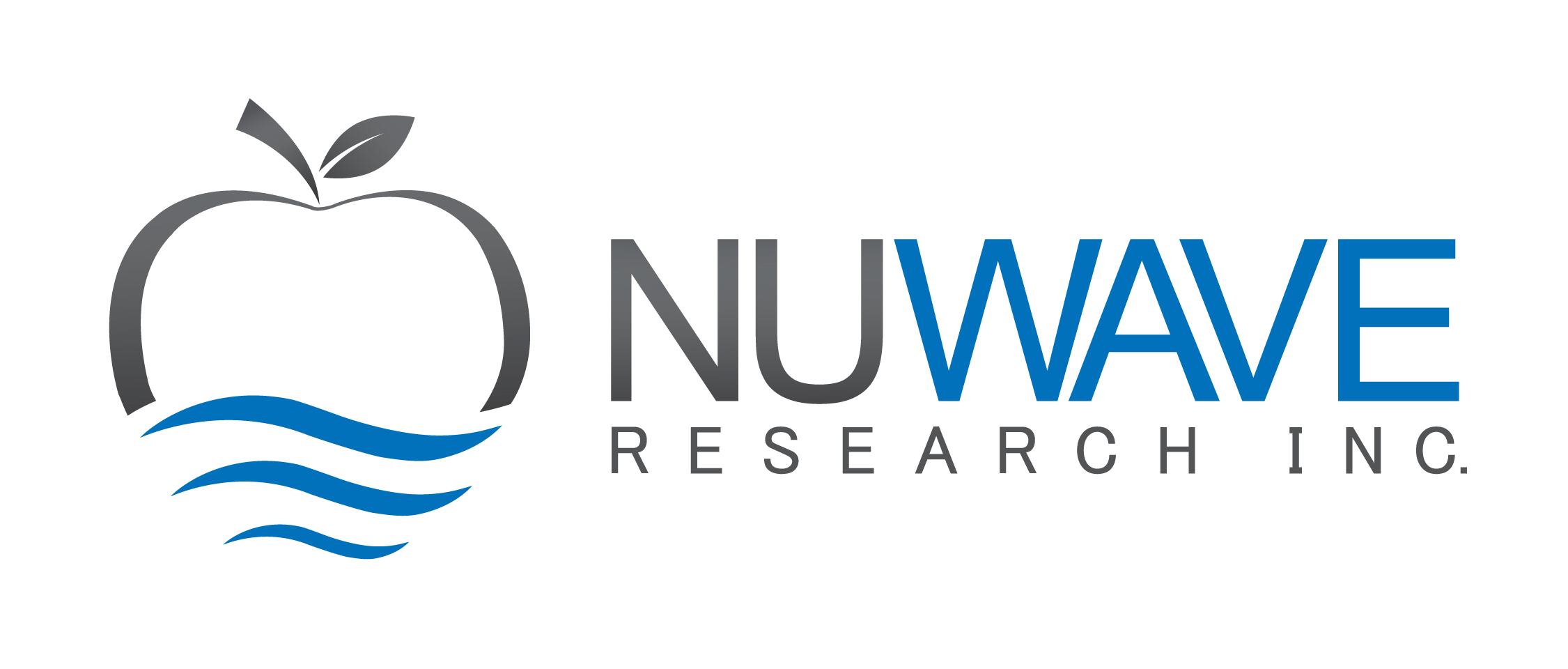Oct. 18, 2024
BENEFITS OF MICROWAVE DRYING
PART 2 – IMPACTS OF DIELECTRIC DRYING ON OPERATIONS
In part one of our series comparing convection and microwave drying we examined how slower drying processes, like convection drying, can negatively impact product quality. While faster drying processes, like microwave drying, minimize the impact of drying on product quality.
Visual Summary of Part 1 of our series comparing flavour, colour, and speed between convection and microwave drying.
In part two, we consider the differences in footprint, energy efficiency, and operational flexibility between these two drying methods.
FOOTPRINT
Industrial convection drying generally requires long drying chambers to balance heating the product evenly without burning, and adequate time for water evaporation. In addition to the chamber, an external heat source (like gas burners, electric elements, or steam), and air handling systems for infeed and exhaust air (which scale with chamber size) are required. The high efficiency of energy transfer of microwaves enables a smaller chamber size and overall dryer dimensions, requiring minimal air handling and a generator to produce electromagnetic waves for drying.
ENERGY EFFICIENCY
Microwave drying uses energy more efficiently than convection drying because microwaves selectively interact with polar molecules in the material, like water, to generate heat. This selective process increases internal vapor pressure without wasting energy heating the entire material. In contrast convection drying heats from the outside inwards, requiring hot air or steam, which often results in significant energy wastage as not all heat generated for drying is transferred to the product. This wasted energy (heat) is either transferred to the metal in the chamber or exits the system with the exhaust air.
PRODUCTION FLEXIBILITY
Convection and microwave drying can include multiple drying stages for production flexibility. Each of these stages can have different processing conditions, tailored and optimized based on the phase of moisture removal. Since microwaves can be instantly turned on or off, energy can be instantly applied to or removed from the products to prevent burning – while convection drying cannot quickly change or remove the energy (heat) being applied.
CONCLUSION
Both drying techniques have clear benefits and can each be optimized for different applications. While convection drying is great for applications that are not negatively affected by long processing time or low energy efficiency, microwave drying is ideal for heat-sensitive products and situations where energy efficiency is important. Ultimately, the choice between the two often depends on operational requirements, business goals, and the nature of the product.
CONTACT AN EXPERT
Unsure about which method is best to dry your material? Reach out to one of our experts to learn more.


